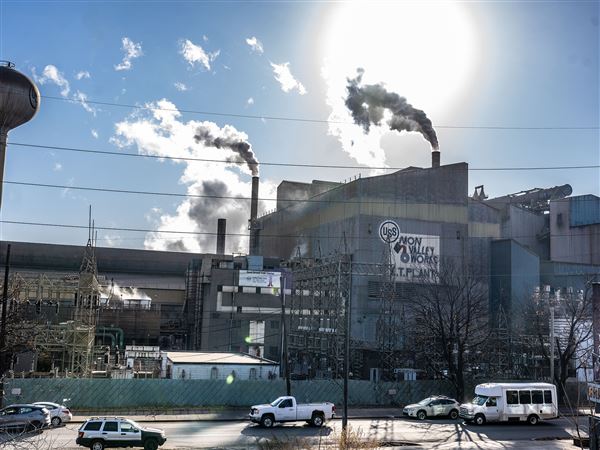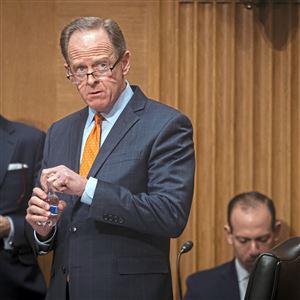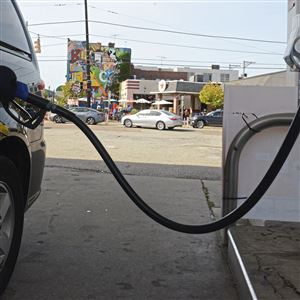International oil markets are beginning to factor in the risk of a Russian invasion of Ukraine, sending gasoline prices higher 5,000 miles away from the tense border.
Regular gas prices in the Pittsburgh metro area were $3.65 per gallon on Thursday, according to GasBuddy, up 6.7 cents from last week’s average and 77 cents higher than a year ago.
After climbing for months, regional gas prices had stabilized around $3.52 per gallon between late October and the end of January, according to GasBuddy’s fuel price tracking.
But international conflict intervened.
“Russia is the second-largest oil producer globally,” said GasBuddy’s head of petroleum analysis, Patrick De Haan.
If Russia invades Ukraine, the U.S. and its allies are likely to impose economic sanctions, which could prompt Russia to retaliate by cutting oil exports, he explained.
“That could inflict a tremendous amount of global harm and cause oil prices to spike.”
Russia just demonstrated it is willing to make such a move in the fall, he said, when it curtailed shipments of natural gas to Europe in retaliation over delays in a major natural gas pipeline. That caused natural gas prices in Europe to skyrocket.
“Essentially, Russia used natural gas as a weapon,” Mr. De Haan said. “The thinking is they could pull that same card with oil.”
So far, he said, markets are adding a “risk premium” to the price of oil in anticipation of that escalation.
The price of crude has been above $90 per barrel this week.
There are few outlets to relieve the pressure, which is layered on top of normal seasonal trends in the U.S.: the switch to summer-blend gasoline, scheduled refinery maintenance and demand that rises beginning with spring break into the warmer months.
“And this is all coming at a time when the global economy is recovering from COVID, so demand is coming back very strong,” Mr. De Haan said.
Before the Russian conflict became a dominant factor, GasBuddy had already forecast that the national average gasoline price could peak above $4 per gallon this spring as the economic recovery drives up demand while oil supplies still lag.
The current stressors risk pushing those prices higher.
Mr. De Haan estimated there’s a greater than 60% chance this year that the Pittsburgh metro average will break its previous record high price of $4.04 for regular gasoline, which was set in 2008.
Adjusted for inflation, that would amount to $5.16 per gallon today.
Laura Legere: llegere@post-gazette.com.
First Published: February 18, 2022, 11:00 a.m.
Updated: February 18, 2022, 11:19 a.m.




















